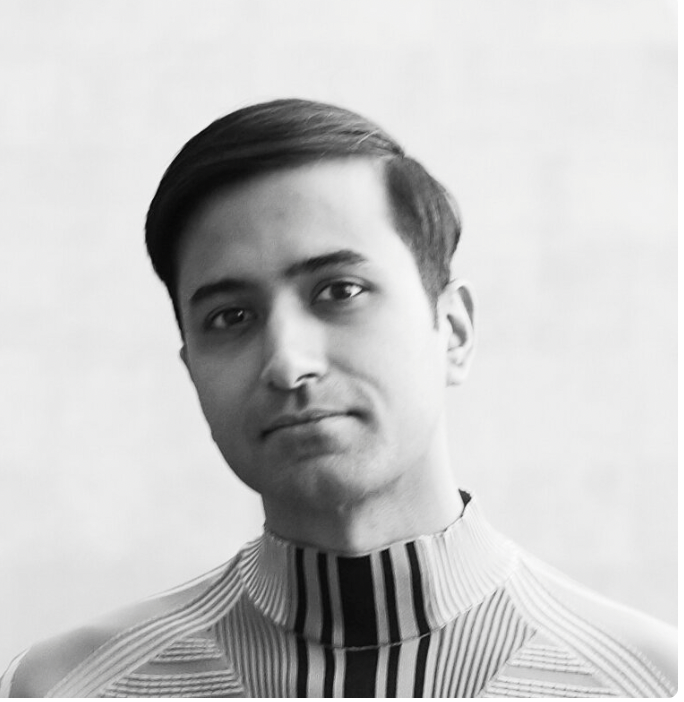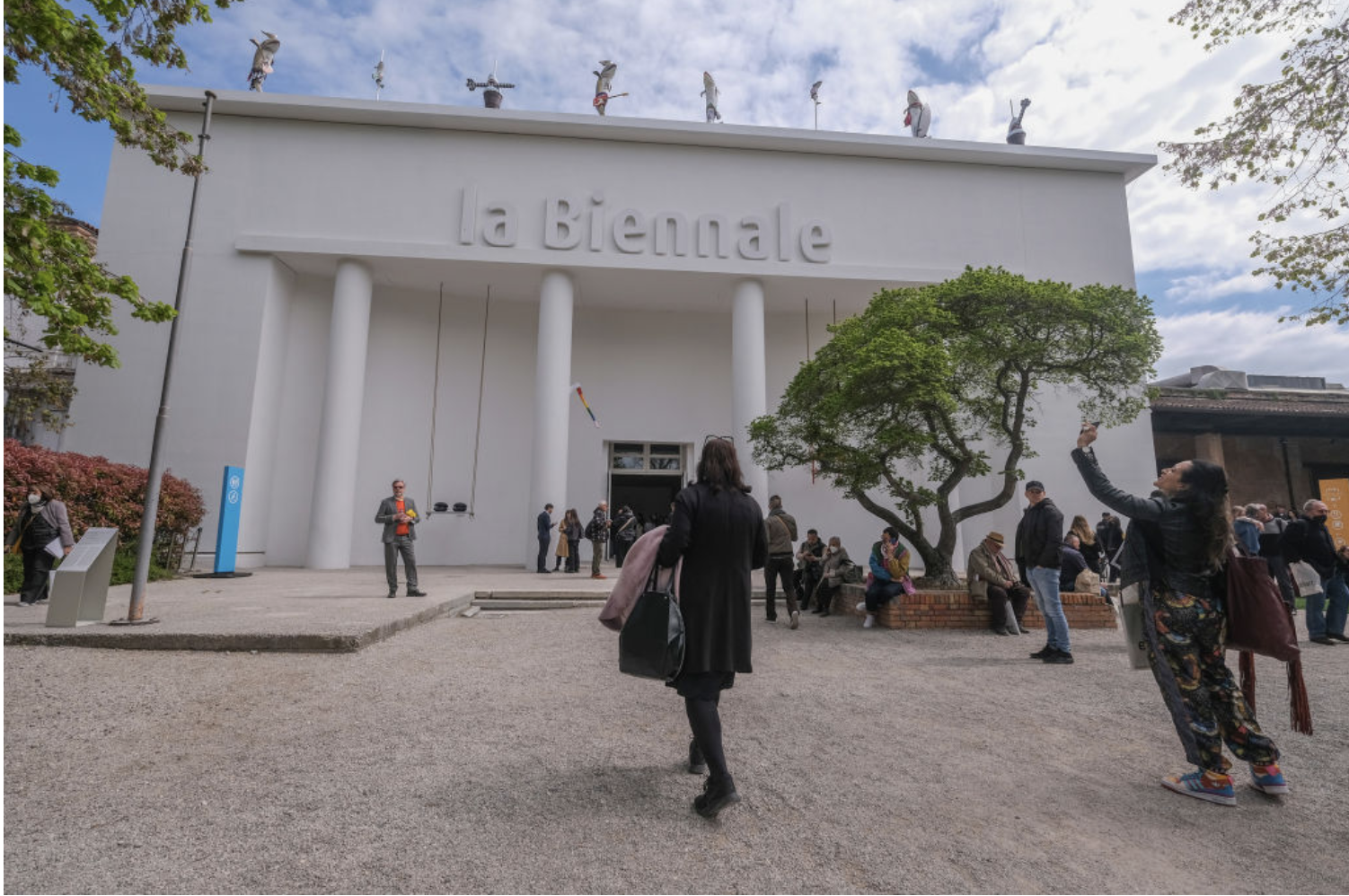Shanay Jhaveri has been appointed the new Head of Visual Arts at the Barbican, Barbican Art Center reported.
Shanay joins the Barbican from the Metropolitan Museum of Art in New York, where he was Associate Curator of International Art from 2016-2022, after completing his PhD at the Royal College of Art in London.
Among the many exhibitions Shanay has curated are the ground-breaking retrospective Phenomenal Nature: Mrinalini Mukherjee at the Met Breuer in 2019, and Huma Bhabha’s Met Roof Commission We Come in Peace in 2018. He has published widely in various art journals, and has written books including Western Artists and India: Creative Inspirations in Art and Design, Outsider Films on India: 1950–1990, and America: Films from Elsewhere.
In his new role as Head of Visual Arts at the Barbican, he will oversee the Centre’s programme of ground-breaking exhibitions, solo artist commissions and public events encompassing contemporary and modern art, design, architecture, performance, film and photography.
Shanay Jhaveri, said: ‘The Barbican’s Visual Arts programme has over the course of four decades distinguished itself for its aesthetic ambition and intellectual rigor. It will be my privilege to work closely with a remarkable team to evolve a programme that since its inception has been cross-disciplinary and international in scope. We will endeavor to develop exhibitions, projects and commissions, that will continue to probe what has always been at the heart of the Barbican’s original charge, how do we live with the arts, and what can we learn from them.’
Will Gompertz, Artistic Director at the Barbican, said: “We’re thrilled Shanay is joining the Barbican. Shanay’s outstanding career to date demonstrates his deep commitment to championing artists and audiences. This is such an exciting time to join the Barbican, and Shanay will build on the extraordinary achievements of our Visual Arts team and bring his unique vision to our upcoming exhibitions programme that will explore the interconnections between disciplines, periods, and cultures.’









